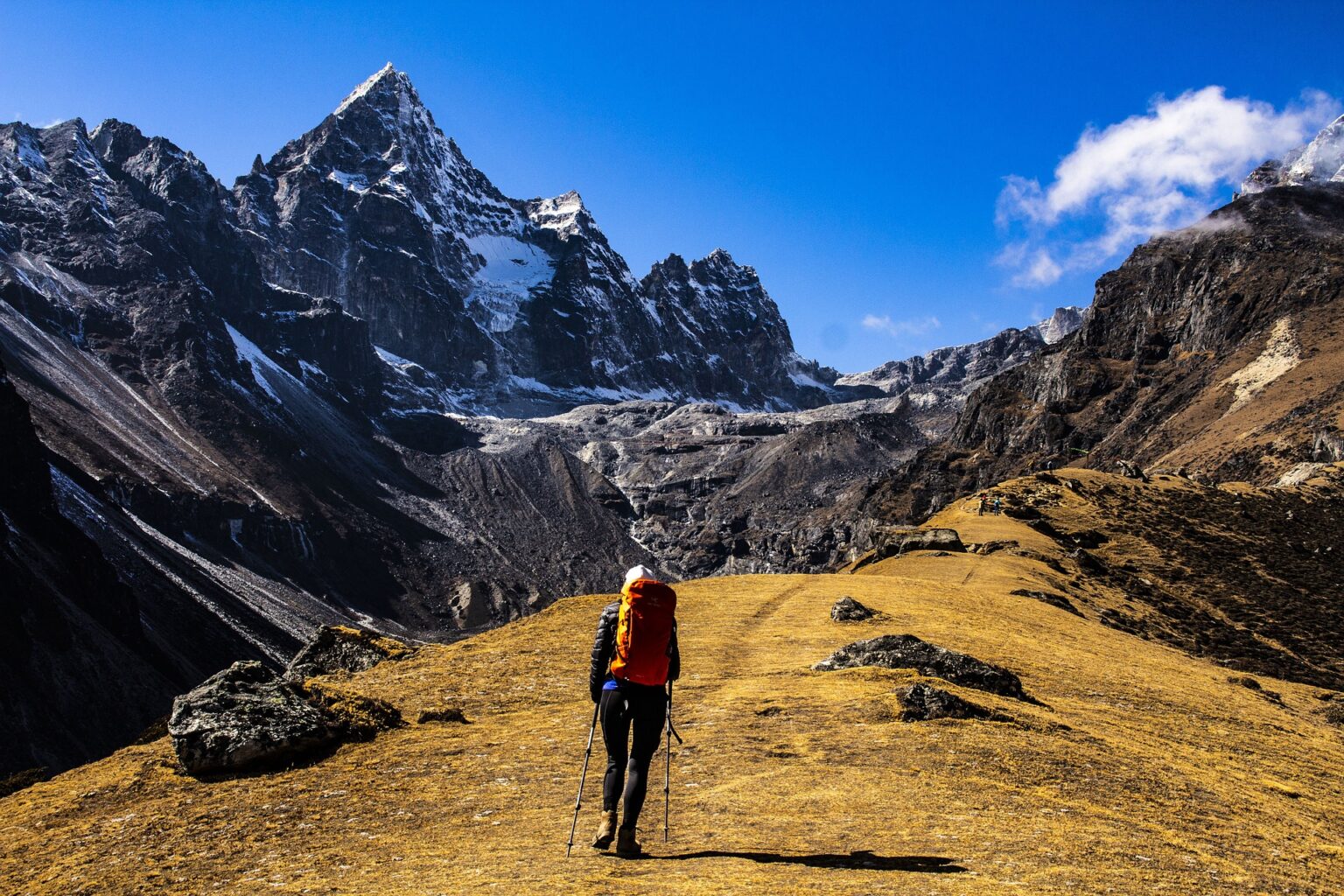Mount Everest is not only the world’s highest peak but also a symbol of human triumph and resilience. Located in the majestic Himalayas, in Nepal, this massive mountain stands tall at an impressive height of 29,029 feet (8,848 meters). It has been a magnet for adventurous souls, mountaineers, and explorers from all corners of the globe for decades.
Conquering Mount Everest is no small feat. It requires months of rigorous training, meticulous planning, and sheer determination. The journey begins by entering the Khumbu region of Nepal, a breathtakingly beautiful landscape with picturesque villages and ancient monasteries. The trek to Everest Base Camp is not only physically demanding but also a spiritual experience, as one is surrounded by the tranquility of the mountains and the warmth of the Sherpa community.
Reaching Everest Base Camp is just the first step of the arduous journey to the summit. The real challenge lies in the ascent of Everest itself, where the climbers have to battle extreme weather conditions, altitude sickness, and technical difficulties. The climber’s body has to acclimatize to the high altitude gradually, allowing it to adapt to the thinning oxygen levels. This process involves a series of rotations between higher camps and the base camp, allowing the body to adjust and preventing altitude sickness.
Camp 1, located at an altitude of 19,390 feet (5,910 meters), is the first stop on the ascent. The climbers spend a night here, getting accustomed to the harsh conditions and preparing for the further challenges ahead. From Camp 1, they face the steep climb up the Western Cwm, a wide and flat glacial valley known for its extreme heat and treacherous icefalls. The climbers have to navigate these icefalls carefully, as they are constantly shifting and pose a significant threat to their safety.
Camp 2, located at an altitude of 21,300 feet (6,492 meters), is another crucial stop on the journey. It serves as a pivotal acclimatization point, where the climbers rest, recover, and prepare for the more demanding sections of the climb. Here, they establish communication with the base camp and receive updated weather forecasts, ensuring they make informed decisions about their ascent.
More:Read About On Gobi Desert, Mongolia: Experience Nomadic Culture
The climb from Camp 2 to Camp 3 is considered one of the most challenging parts of the journey. Negotiating the Lhotse Face, a towering wall of ice, requires immense technical skill and strength. The climbers must wear crampons to grip the ice and ropes to safeguard against potential falls. With each step, they inch closer to their dreams, knowing that their every decision and move carries immense consequences.
Camp 4, also known as the “death zone,” is the last camp before the summit. Located at an astonishing height of 26,100 feet (7,955 meters), it is a place where oxygen levels are dangerously low, making it extremely challenging for the climbers. Here, every breath requires immense effort, and even simple tasks feel laborious. The climbers brave frigid temperatures, howling winds, and near-suffocating conditions, all in pursuit of their ultimate goal.
Finally, after weeks of enduring physical and mental struggles, the climbers reach the summit of Mount Everest. It is a moment of unparalleled triumph, where they stand on top of the world, surrounded by an awe-inspiring panorama of snow-capped peaks stretching as far as the eye can see. The sense of accomplishment and the overwhelming rush of emotions make every obstacle faced during the journey worthwhile.
Must Visit:odishashop.com
However, the journey doesn’t end at the summit. The descent can be just as challenging, if not more so, as the climbers are physically exhausted and emotionally drained. Many accidents occur during the descent due to fatigue and the weakening effects of high altitude. The climbers must exercise caution and rely on their training and experience to navigate their way safely back to the base camp.
Conquering Mount Everest is a testament to the indomitable human spirit. It is a triumph of courage, resilience, and determination. Every climber who stands on the summit leaves behind an indelible mark, not only on the mountain but also on themselves. They have pushed their limits, reached new heights, and unlocked their true potential.
Mount Everest, with its majestic peak piercing the sky, continues to captivate the imagination of adventurers around the world. Its allure is undeniable, drawing thousands of dreamers each year to embark on this extraordinary and life-changing journey. It is a testament to the power of human will and serves as a reminder that with perseverance, we can conquer even the highest peaks both in nature and in our own lives.
FAQ For On Mount Everest, Nepal: Conquering the World’s Highest Peak
How tall is Mount Everest?
Mount Everest stands at 8,848.86 meters (29,031.7 feet) above sea level.
Where is Mount Everest located?
Mount Everest is located in the Himalayas on the border between Nepal and China (Tibet).
Can anyone climb Mount Everest?
Climbing Mount Everest is a challenging and dangerous endeavor that requires proper training, permits, equipment, and experience. It is not recommended for novice climbers.
How long does it take to climb Mount Everest?
Climbing Mount Everest usually takes around 2 months, including acclimatization periods and waiting for favorable weather conditions.
What are the risks of climbing Mount Everest?
Climbing Mount Everest comes with various risks such as altitude sickness, avalanches, extreme weather conditions, crevasses, and exhaustion.
How many people have successfully climbed Mount Everest?
As of my last update in September 2021, over 5,000 climbers have successfully reached the summit of Mount Everest.
Are there age restrictions for climbing Mount Everest?
The minimum age for climbing Mount Everest from the Nepal side is 16 years old and from the Tibet side is 18 years old. There is no official upper age limit, but climbers must pass rigorous health checks.

